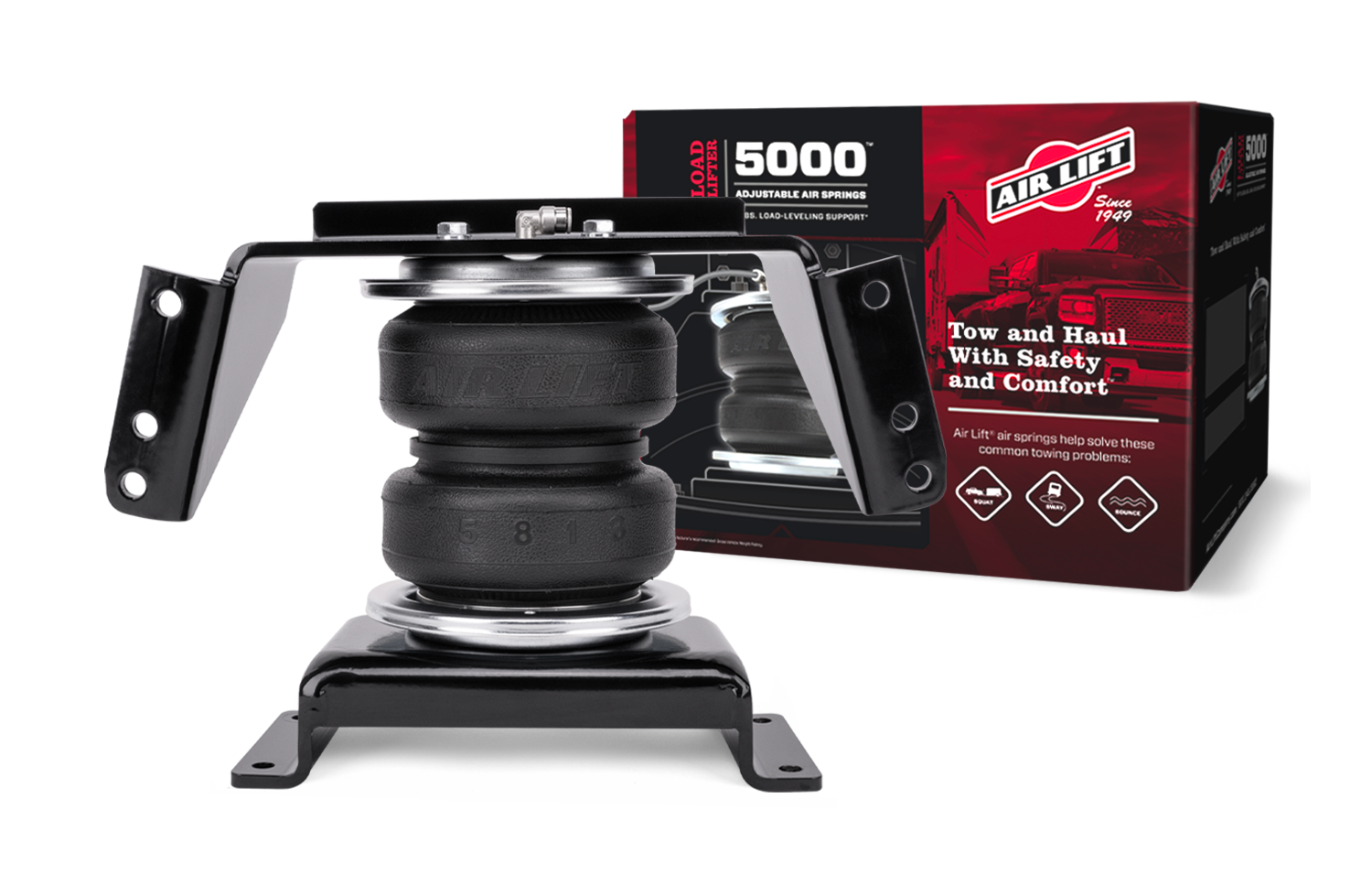
The livelihood of independent automotive repair shops is facing threats from multiple fronts. As vehicles continue on a path of technological advancement, threats like right to repair and dealer growth in traditional aftermarket circles put added pressure on the independent aftermarket to ensure it’s at the top of its game.
But from the point of view of jobbers, many of their automotive service provider partners — those of you who are reading this very magazine — are not putting in the effort to stay ahead and fend off the many risks at play.
The aftermarket can sell itself as being superior to the dealer experience in many ways but the J.D. Power 2024 U.S. Customer Service Index Study found that consumers aren’t concerned enough to be moved. Even as parts supply became delayed, technician shortages took a toll and wait times increased, customer satisfaction with dealership service experiences showed improvement this year.
“Dealers’ DIFM share bottomed in 2014, and they are now rebuilding their repair market strength,” said the report, DIFM Battle: Independents vs. Dealers from Lang Marketing.
Dealers have put a focus on the do-it-for-me segment of the automotive aftermarket. In a separate report, Lang Marketing further noted that service station and garage market share has been on the decline.
“Their evolving service bay strategy included the addition of quick service lanes by many dealers and a growing dealer focus on used vehicles, which have boosted their DIFM volume,” Lang noted in its report, SS & Garage Spinout Alters the DIFM Market.
As many industry observers and coaches have observed, the aftermarket is in need of greater training to keep up with the rapidly evolving advancements in current vehicles. Failure to do so will push vehicle owners into the dealership’s waiting bays.
That sentiment was echoed by jobbers who called out the lack of business management skills and interest in training among their ASP partners in the CARS Annual Jobber Survey.
“Most shop owners are excellent mechanics, but many have never had any formal training in business management,” noted one survey participant.
The survey was sent out to jobbers made up of readers from Jobber News, the sister publication of CARS. The first question asked about was the most common mistake their ASP partners make. Easily at the top with one-third of respondents agreeing, it was a lack of proper business management procedures.
Most respondents shared a similar feeling: This skills gap manifests in various ways, from misunderstanding margins to inefficient inventory management, which directly impacts both profitability and customer satisfaction.
This translated over to a lack of training among ASPs. While fewer than a quarter could count on the best of the best to show up to training seminars, three in five (62 per cent) reported that they’re rebuffed by their ASP partners who say they’re too busy to attend such events.
“The constantly evolving knowledge needed to complete the total repair isn’t being learned by all techs, which puts the shops at a disadvantage,” one respondent observed.
“Shops and employees are often not motivated to update and improve their skills. There’s a lot of apathy,” another noted.
A pair of respondents pointed out that many technicians are older, nearing retirement. Their interest in learning new skills is low.
“The average age for my techs is certainly getting older; not interested in learning new,” one of them said.
Others, however, sympathized with shop owners and technicians. One noted that if you’re in a rural area, it’s difficult to get training locally.
“For us, we are too remote for most in-person training and online just doesn’t seem to have the same draw,” one observed.
This was a concern for Mike Howard, manager of garage operations at 2023 Shop of the Year Art Turney’s Garage. Being in Peterborough, Ontario, about two hours outside of Toronto, he noted that it’s hard to get training while being so far out of a major centre.
Timing is another issue — and one where jobbers feel for shop owners.
“Staffing shortages are causing the current workforce to put in more time and after-hours training is not as important as being able to relax and unwind to many,” one respondent highlighted.
And while one respondent above noted that online training isn’t much of a draw, another pushed for more webcast training that can be done during convenient times throughout the workday.
So while jobbers are concerned about the lack of shop training taking place, they understand the barriers. That said, jobbers also want to see more initiative.
And that extends beyond technical training — shop owners need to get solid business training and understand more than just the basics.
“It is not easy to understand the difference between markup and gross profit,” one noted. “Many people get it wrong and think they are the same.”
Respondents called for shop owners to seek out opportunities. “They should take a course at college or online,” one suggested.
Shops have been regularly complaining about parts quality. The most recent complaints were outlined in the Jobber News Annual Shop Survey. So the question was put to jobbers: How are they ensuring parts meet the quality standards shops want?
Most answers matched a common theme: Jobbers only want to sell shops quality parts. They will push shops to buy better parts. But at the end of the day, what they sell depends on what shops want to buy.
“We always suggest and have a premium offering for all applications,” one respondent said before pointing out “We also have your price-conscience parts available.”
And it seems there’s a lot of price-consciousness taking place, according to jobbers.
“Shops do their best [and] use cheaper parts to keep customers [happy],” observed one respondent.
“It’s a fine line. Some shops like cheap, some like good parts,” said another.
For the majority, jobbers aim to keep good quality parts in stock, though it’s not easy.
“If we have a ‘white box’ line, it is top quality,” one jobber said. “If we don’t feel it is a premium, we don’t put it in. Additionally, we focus on stocking top quality premium brand name parts so we have less warranty. Getting well-priced premium parts is a challenge sometimes and a balancing act. Price does matter.”
Another did acknowledge the challenge of poor parts quality circulating these days.
“We have no way of sourcing ‘better’ parts. Aftermarket is certainly suspect quality. I have been in the jobber industry for 43 years and used to feel many lines we sold were an improvement to OE but I certainly can’t say that about the offshore product we sell today. With online pricing becoming the benchmark, the race to the bottom will likely ensure quality will keep sliding as well.”
Another pointed out that they’re always pushing their suppliers to not just make sure premium parts are meeting quality standards but also everything they provide.
“We’re offering parts that we know are of good quality first, then second line that we have a good record with,” explained another jobber. “Finally, only if price or availability dictates, we will offer a brand we don’t have a history with. Sometimes if we have a bad history with a brand and there is not an available alternative, we will opt not to sell the part at all. In doing so, we save the ASP, vehicle owner and ourselves a lot of trouble.”
Shops should feel that they have the opportunity to raise concerns with their jobber partners, especially when many are making an effort to meet regularly.
However, jobbers pointed out that it’s often difficult to meet with their ASPs because of limited availability on the shop’s side.
“The time and interest on their part is often lacking,” one respondent pointed out. “We should be discussing their shop needs (equipment and training), as well as ways in which we can both work to improve our relationship and help each other.”
Another would like the opportunity to talk about service, features and program benefits. But “Availability is probably the main stumbling block currently,” they said. “Everybody is busy.”
Some jobbers will try to have their outside sales team talk to shop owners. But that can prove difficult. Indeed, shop owners are busy during the day and too tired after, one jobber noted. “The motivation is not there to schedule a meeting that works. Only when there is a problem does the motivation to meet arise.”
Most jobbers (33 per cent) said they get out to their shop customers quarterly, while quarterly and monthly meetings were each the preference of about a quarter. Fewer than one-in-five said they do so annually.
They would like to talk to their shop partners more about their business goals and strategies to make sure they’re offering a valuable service that matches their needs. “And I’d like to know before any misalignments become a problem or an opening for my competition,” one noted.
Jobbers are also open to talking about training, products offered, margins, prices, competition and more.
But, as one respondent highlighted, they find the shop owner without the technician background to be more receptive to not just meetings but being receptive to new ideas.
“The non-tech owner is more receptive to info and new ways to grow and get better,” they said.
Selling to the DIYer
A common and ongoing gripe from shop owners has been the fact that a consumer can walk into a retailer and buy a part for the same price as the shop. But the shop will buy it, charge a mark up and get negative feedback from the customer.
We asked jobbers to address this area of concern. One emphasized that there’s no simple answer.
“Starts with manufacturers and the very different deals that they make with different groups and different price sheets in different regions and countries. Speaks to different business models [that] are marketing the products,” they said.
And while the manufacturer will say they don’t dictate at what price the product is sold, “I have been told that my online site will never work because I do not sell wholesale online and offer free shipping,” the jobber said. “I also make sure that my wholesale customers can make a decent margin if they sold it for the same as my counter price.”
That means figuring out if a jobber wants to be an online seller, a brick-and-mortar wholesaler or a retailer. This respondent called on manufacturers to protect jobbers that service local shops “by not selling to outfits that destroy traditional marketing chains.”
This respondent said they have dropped manufacturers where online prices are cheaper than what they have on their shelves.
“Manufacturers have to decide who they sell to based on how their products are represented. The playing field is not really fair if a jobber has to compete with a large WD or online reseller who is marketing directly into any market. It will eventually kill local brick and mortar stores.”

“We strive to protect our relationship with our shops as they are the most valuable customers we have in terms of purchasing and future growth,” said one respondent who noted that it’s rare for a customer to get the same price as a shop customer.
Another said they have a retail price and one for the pros. “The shop is still my first concern,” they said.
One respondent pointed out they wouldn’t do this and if they did, they’d certainly hear about it.
“Doing this is a big no-no. We have proper pricing structures in place so this does not happen, or at least never happens,” they said, “Yes we have been caught before but usually there is a reasonable explanation for the sale. Our top 300 customers should never run into this happening.”
Blocking customers from bringing in their own parts — presumably one they purchased from the local store — would curb retail sales on its own, one respondent noted.
However, “there is a market for DIY,” another jobber pointed out. “Not a fan of customer buying parts [and] taking [them ] to ASP’s place to get installed but garage management consultants are now recommending a 60 per cent margin instead of getting labour rates up. Cannot buy labour at a parts supplier or online.”
That all said, one respondent simply commented, “Why not if they want to buy them?”
Challenges
Jobbers have seen positive gains in their issues from a year ago. Unfortunately, a new one in particular has jumped to the forefront.
In 2023, 53 per cent of jobbers reported that parts availability and the supply chain were their biggest issues. This year, that has dropped to 38 per cent. Staffing concerns also fell — what was a top challenge for 35 per cent last year, that has dropped to a top concern for 19 per cent of jobbers.
On the flip side, parts price challenges have grown, matching parts availability at 38 per cent, growing six-fold in concern over the last year.
That was something jobbers saw coming. When asked last year to predict their top challenge going forward, parts prices (35 per cent) was the top pick. And that’s a concern that is only going to grow this year — nearly half (48 per cent) predict prices will be the top concern.
“Trying to compete with the online discounters is going to get more challenging as time goes on,” observed a respondent.
“Prices need to stabilize and be more consistent to regain customer confidence,” said another.
Meanwhile, they expect parts supply to continue to ease with 24 per cent expecting it to be a top issue going forward.
Indeed, 81 per cent reported that their inventory levels have sufficiently recovered and they’re able to meet customer needs.
“For the most part [customers have] understood, but there have been numerous discussions to make sure we both understand each other’s perspective on the matter,” one respondent said.
They want you to know…
There’s much to the jobber business that store owners feel that are missed by their ASP partners.
When evaluating your jobber, look at the whole package, one urged. “Don’t look just at price, look at service as well — time of deliveries, credits done efficiently, etc.”
Many noted that they have little control over prices, so don’t take it out on them or, especially, counter staff.
“We get very little say in the prices that are set. We are constantly working to see improvements for them,” one said.
“We all need to make a profit all costs are going up. ASPs do not like their customers shopping around but they do it constantly,” said another.
“We are not trying to gouge them on pricing — we need profit also,” one responded. “We are going as fast as we can on our deliveries while still trying to be efficient.”
And each shop is unique. Your jobber is trying to meet the demands of various clients. “We spend a lot of valuable time trying to keep on top of each and everyone’s specific needs, maintain a good relationship with all. Service and relationship goes along way,” one pointed out.
One thing that can’t be lost: Everyone is a partner and needs to act as such.
“We want and need you to succeed and we need you to want us to succeed,” a jobber said. “It is definitely a two-way street. And if it isn’t then the business will not last.”
And when you need help, ask for it, one jobber urged. “The thing that customers are often good at, but could be better, is letting us know when they face challenges. We’re here to help. But we can’t if we don’t know there’s a problem. Speak up. We’re listening.”
This article originally appeared in the June issue of CARS














Leave a Reply